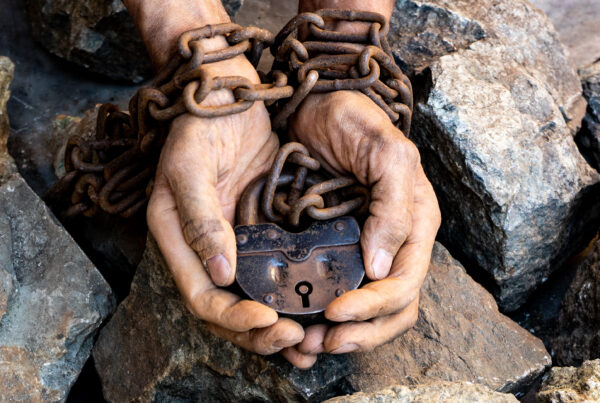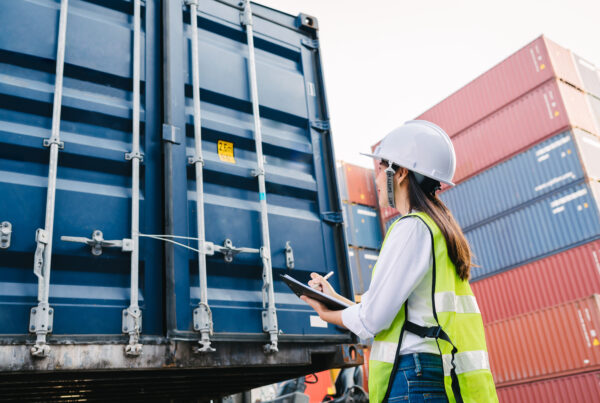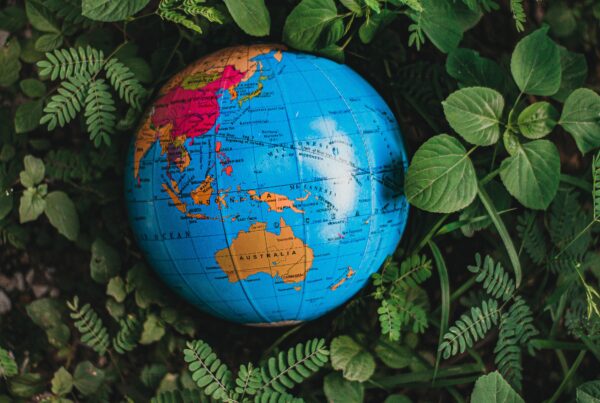What are conflict minerals?
 Conflict minerals include the metals tantalum, tin, tungsten and gold (commonly known as 3TGs), which are derived from the minerals cassiterite, columbite-tantalite and wolframite. They are called “conflict” minerals because they are often sourced from conflict zones or high-risk areas, such as the Democratic Republic of Congo (DRC), where the minerals trade can be used to finance armed groups, fuel forced labor and other human rights abuses, and support corruption and money laundering.
Conflict minerals include the metals tantalum, tin, tungsten and gold (commonly known as 3TGs), which are derived from the minerals cassiterite, columbite-tantalite and wolframite. They are called “conflict” minerals because they are often sourced from conflict zones or high-risk areas, such as the Democratic Republic of Congo (DRC), where the minerals trade can be used to finance armed groups, fuel forced labor and other human rights abuses, and support corruption and money laundering.
Unfortunately, conflict minerals are commonly used in a variety of everyday goods such as:
- Tantalum: laptops, mobile phones, automobiles, cameras, tools
- Tin: tin cans, electronic equipment, paint
- Tungsten: metalworking tools, electronic devices, golf clubs
- Gold: jewelry, electronics
Given their use in everyday items such as mobile phones and jewelry, as well as in tools used to manufacture other products, conflict minerals are more widespread than you may think. Businesses must take steps to ensure the minerals found in their products are sourced responsibly.
Regulatory requirements
The first conflict minerals law was passed in the United States in 2010. Section 1502 of the US Dodd–Frank Wall Street Reform and Consumer Protection Act requires publicly-listed companies to check if the tin, tungsten, tantalum and gold found in their supply chains originates from Congo or its neighbors, take steps to address any risks they find, and report annually on their efforts to the U.S. Securities and Exchange Commission (SEC). Businesses are not discouraged from sourcing from these regions but must demonstrate proper due diligence to ensure responsible sourcing.
In 2017, the EU adopted their own conflict minerals regulation, set to take effect on January 1, 2021. This regulation will require all EU importers of the 3TG metals to meet responsible sourcing standards as set by the Organisation for Economic Co-operation and Development (OECD). EU companies with conflict minerals in their supply chains must take steps to ensure they are importing them from responsible and conflict-free sources.
Other countries have also implemented regulations to promote more responsible sourcing of minerals. For example, the China Chamber of Commerce of Metals Minerals & Chemicals Importers & Exporters (better known as CCCMC) developed Due Diligence Guidelines for Responsible Mineral Supply Chains to provide guidance and expectations for companies when reviewing their mineral supply chains. Like the US regulation, companies are not required to stop sourcing from conflict regions altogether, but rather must actively monitor for risks and take steps to address problems that arise.
How Transparency-One can help
Today’s consumers expect to know more about the products they buy, such as its materials, origins, and journey to the store. While this initially affected the food & beverage and apparel industries, this expectation has since expanded to a much wider range of goods.
Transparency-One can help businesses with mineral supply chains identify their existing suppliers and smelters and assess their performance. This can involve checking smelter conformance with existing standards such as the Responsible Minerals Assurance Process and collecting audit and certificate data from facilities. Visibility into mineral supply chains enables businesses to source more responsibly to meet consumer expectations for safe, sustainable, and ethical products.
Additional resources:
http://www.responsiblemineralsinitiative.org/about/faq/general-questions/what-are-conflict-minerals/
https://ec.europa.eu/trade/policy/in-focus/conflict-minerals-regulation/regulation-explained/












